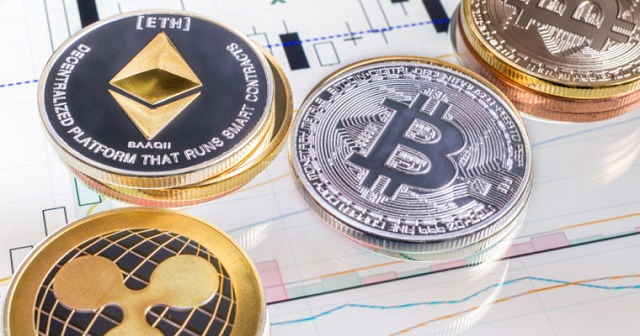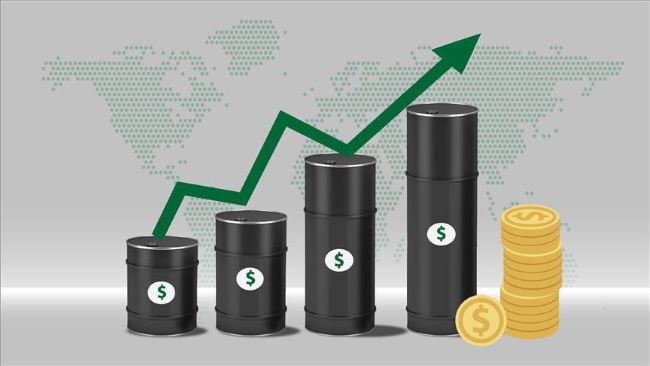Oil prices climbed after former US President Donald Trump revoked an exemption that allowed Chevron to operate in Venezuela. This move, combined with declining US crude inventories and concerns over new tariff policies, drove prices higher.
Uncertainty around tariffs has created market volatility, overshadowing risks associated with US sanctions. Trump’s decision to end Chevron’s operations in Venezuela marks a shift from the Biden administration’s approach, which had previously eased sanctions.
Before the revocation, Chevron was permitted to extract and export Venezuelan crude oil to the US. Analysts noted that this change has already pushed up prices for certain oil grades, such as Mars Blend, which saw a price increase of more than $1 per barrel to $1.71.
Data shows that US imports of Venezuelan crude oil had averaged nearly 270,000 barrels per day this year.
Brent crude increased by 0.1%, reaching $72.30 per barrel, while WTI rose by 0.1% to $68.74 per barrel.
Trump announced the policy shift on Wednesday, stating on Truth Social: ‘We are reversing the concessions that Crooked Joe Biden gave to Nicolás Maduro on oil transactions. This agreement, dated November 26, 2022, has not been honored by the Maduro regime.’
The former US administration had previously issued Venezuela General License 41, allowing Chevron to resume limited oil extraction operations. However, with this latest decision, the market now fears tighter global supplies.
Additionally, the US Energy Information Administration (EIA) reported a decline in crude inventories, further fueling price increases. Last week, US commercial crude stocks fell by 2.3 million barrels to 430.2 million barrels, contrary to expectations of a 2.3 million barrel increase. This drop indicates strong domestic demand.
Further complicating the market outlook, Trump also hinted at imposing a 25% tariff on European goods, including automobiles, raising concerns about global trade disruptions.
With increasing geopolitical tensions and fluctuating supply levels, the oil market remains volatile, and analysts expect continued price swings in the coming weeks.














